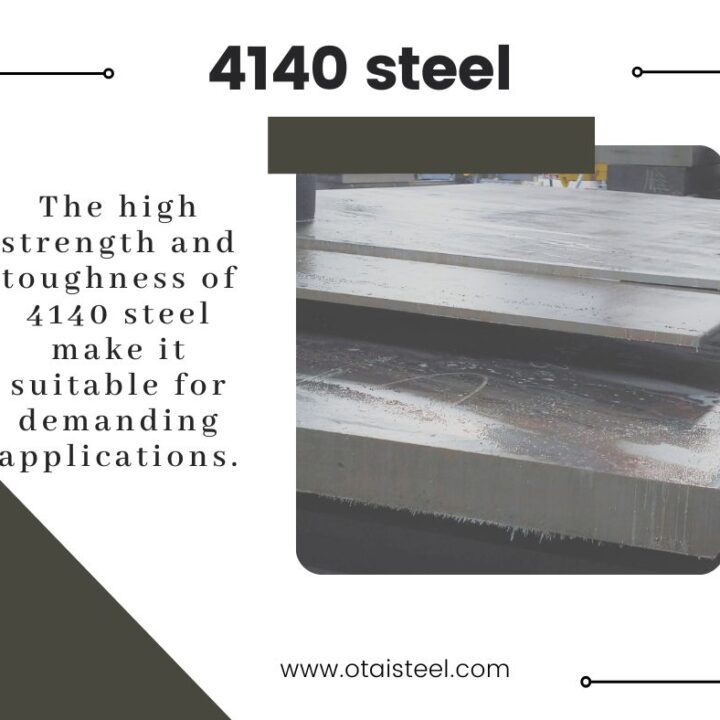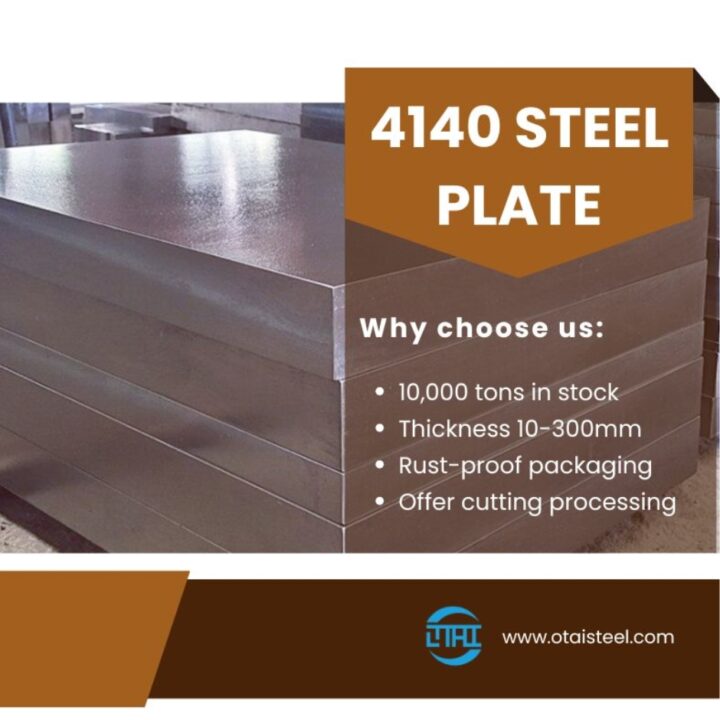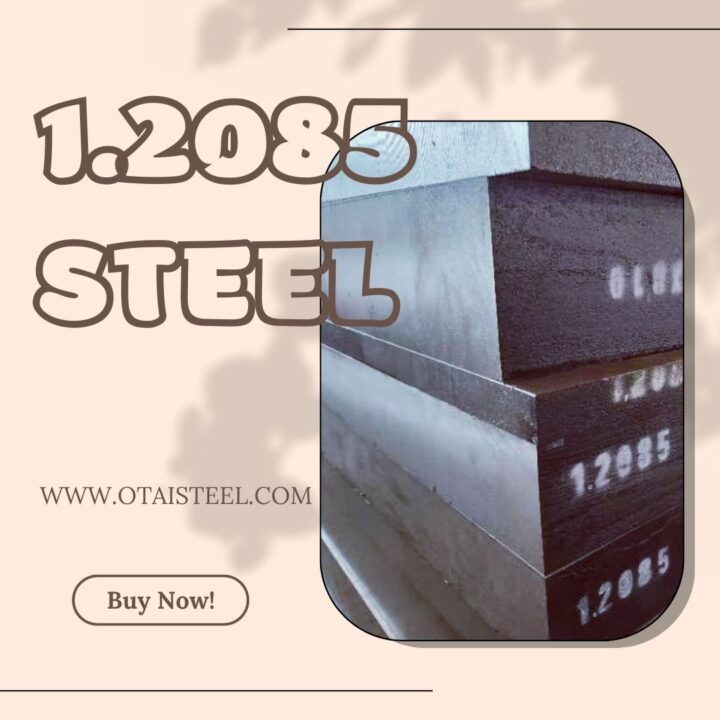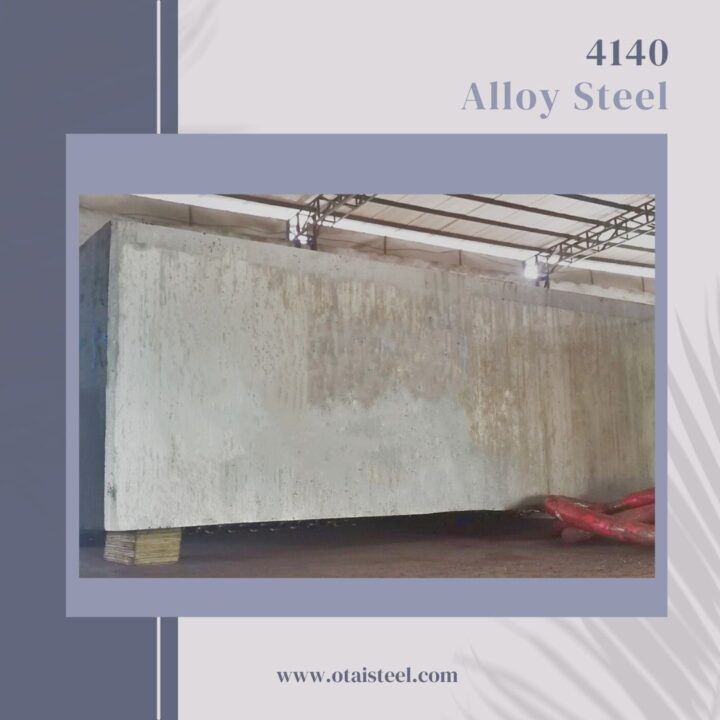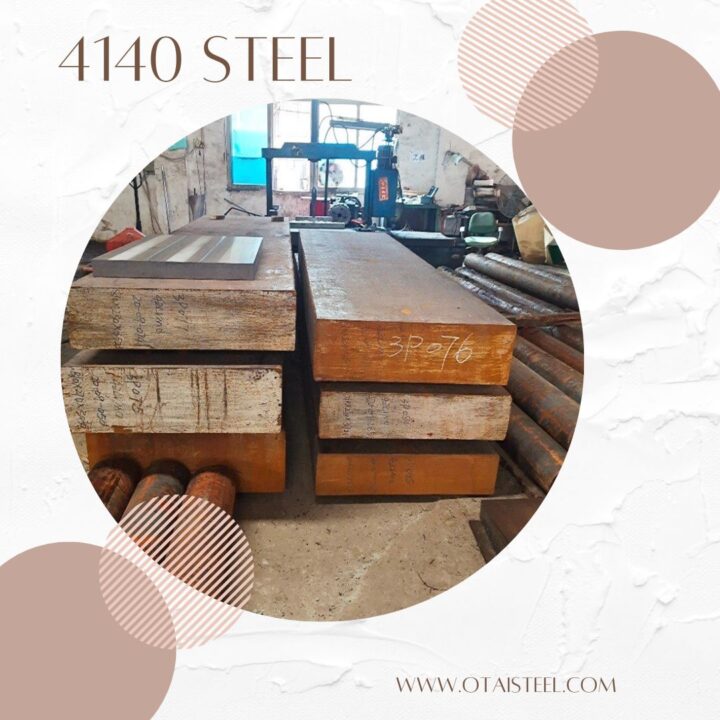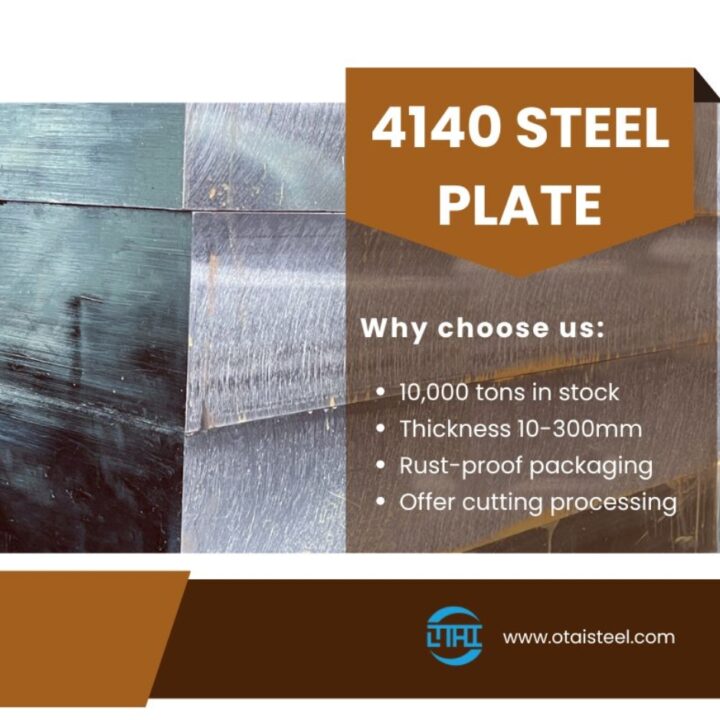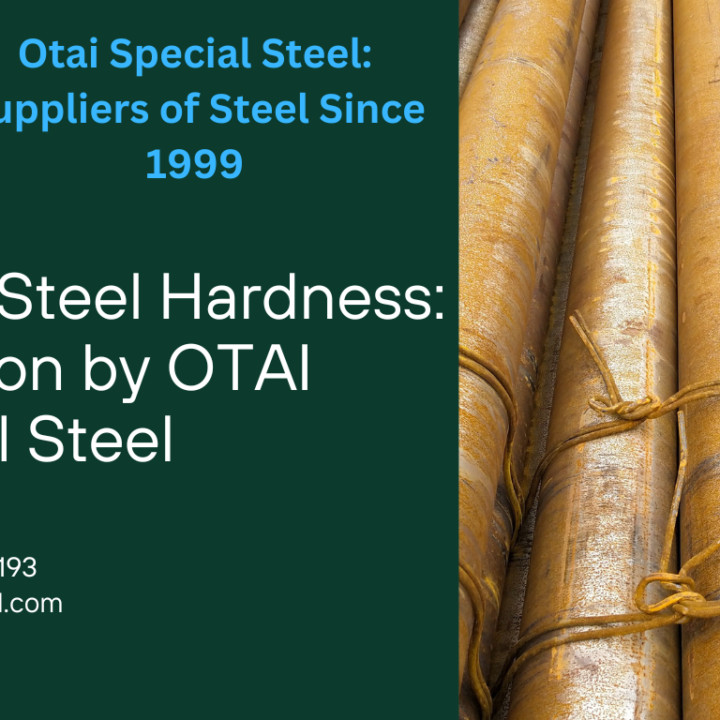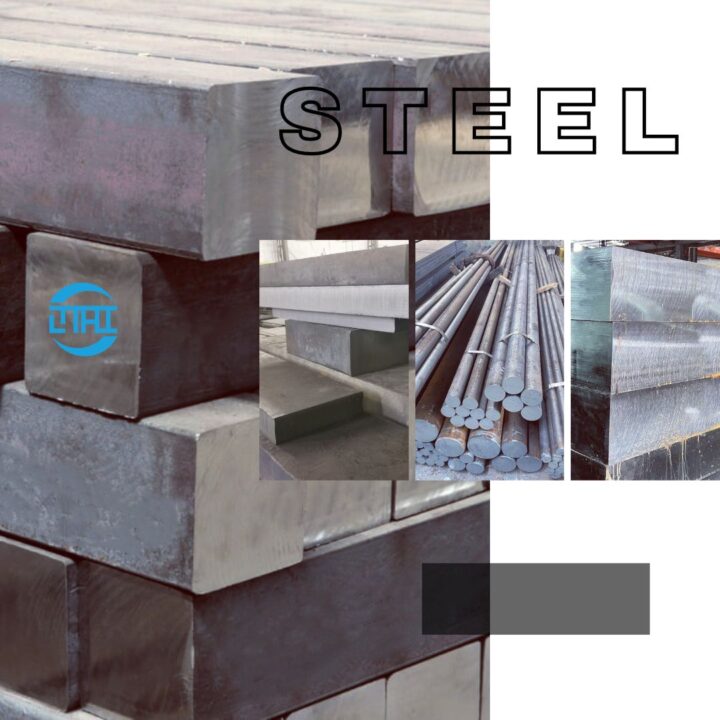H13 STEEL APPLICATION IN LIFE-Chapter 10
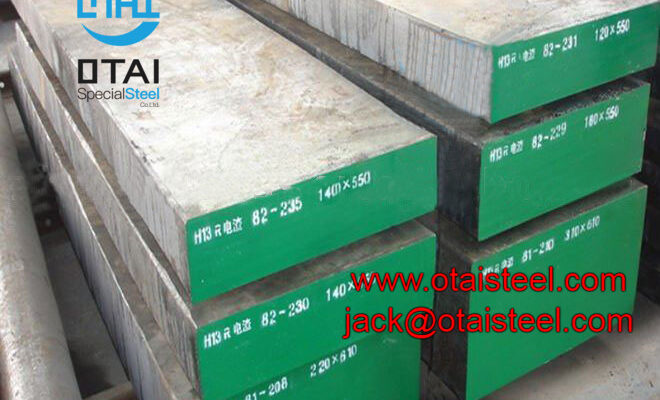
Laser-aided direct metal deposition of metals and alloys
1.5.3.3 Composition sensor
During DMD, a plasma plume is generally a by-product because of the laser-induced plasma. Therefore, real-time spectroscopic analysis can be used to predict composition by evaluating the generated plasma using optical emission spectroscopy; further, a full spatial compositional evaluation of the manufactured products can be obtained. During DMD of an H13 tool steel material, both chromium and iron atomic emission lines are observed. When comparing the H13 tool steel spectral lines with the emission lines of pure chromium and pure iron, the chromium and iron lines are easily identified. Fig. 1.22(a) shows the calibration curves using two different chromium neutral atomic lines and two iron neutral atomic lines [93]. Second-order polynomial fittings were used to form the calibration curves. By measuring the plasma line intensity ratios and comparing them with the calibration curve, the composition ratio of different elements can be obtained. To improve the prediction accuracy, an average of seven predictions using seven different calibration curves were used (Fig. 1.22(b)).
Numerical modeling methodologies for friction stir welding process
5.6.1 Geometric modeling and material model
In ABAQUS all parts are created in the part module. Workpiece is defined as a three-dimensional Eulerian body with a dimension of 110 mm × 114 mm × 4.1 mm. The thickness of the workpiece (4.1 mm) is partitioned into two parts to define void surface and material assignment region each having thickness of 1 mm and 3.1 mm, respectively. Void region is required to simulate the flash formation. Tool is modeled as a solid homogenous rigid body with a shoulder diameter of 16 mm and a cylindrical pin with a diameter of 5 mm, and a pin height of 2.5 mm pin. Tool is tilted by 2 degrees toward the trailing edge during the assembly of the parts. AA 6061 is defined as the workpiece material and tool steel H13 is defined as the tool. Physical properties of the material are defined as a function of temperature and are same as presented in Table 5.12. Physical properties of H13 tool steel are mentioned in Table 5.9. Johnson–Cook material model is defined as expressed in Eq. (5.1). Material constant for JC model is presented in Table 5.13.
In CEL analysis if no material property is assigned to a region, it is then considered as void or empty region. Therefore to incorporate the material model and physical properties of the material, material assignment tool is used as shown in Fig. 5.18. The upper part (red color) having a thickness of 1 mm acts like a void region and the lower part (blue color) is the region with assigned material properties. It is mandatory to define a void region or else simulation will not converge because during plunging stage the tool pin will impinge on the workpiece and occupy the volume inside the Eulerian body (material assigned region). Hence, material beneath the pin will flow in upward direction and occupy space in the void region (ABAQUS 6.14 documentation, 2015).
